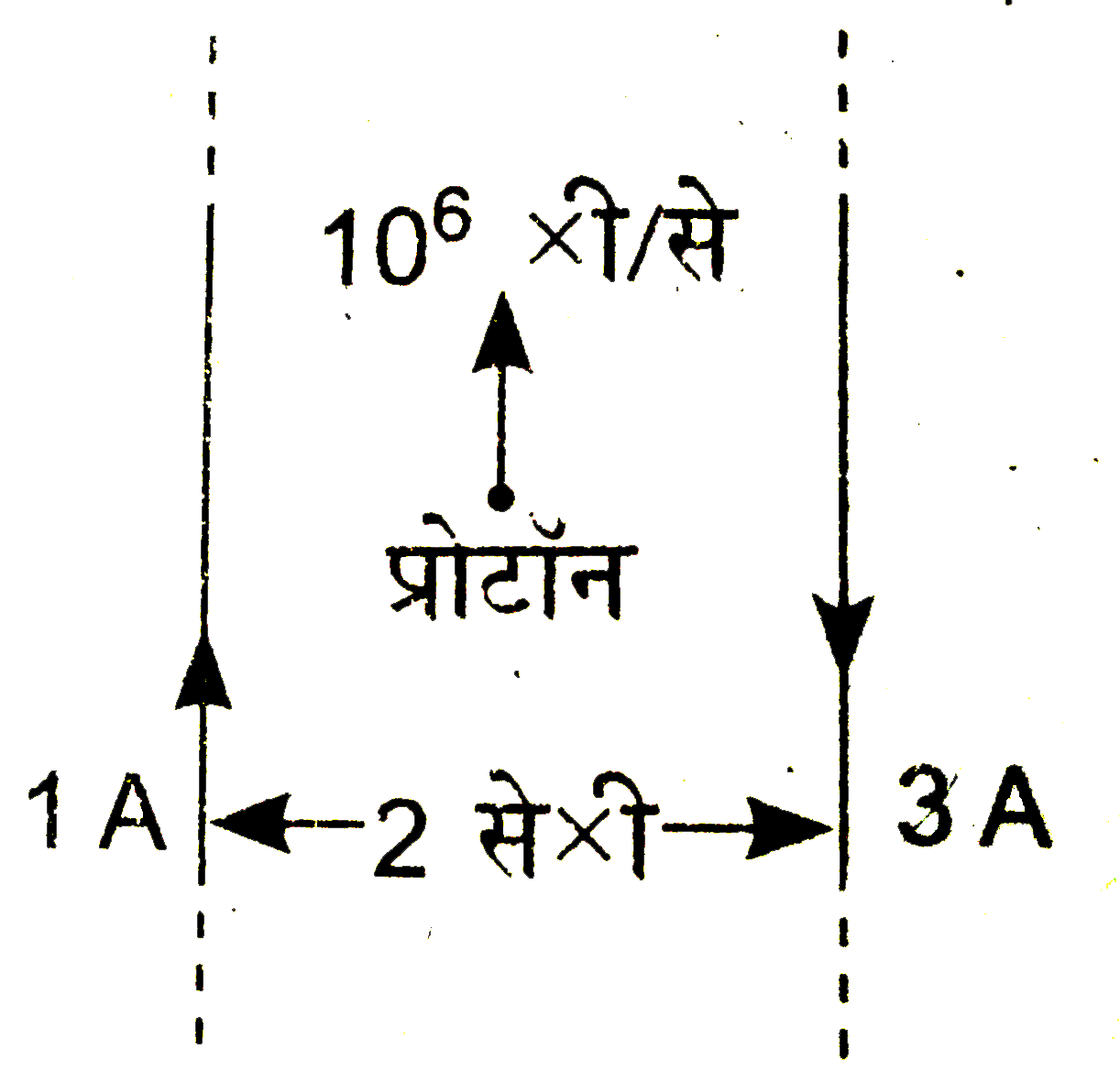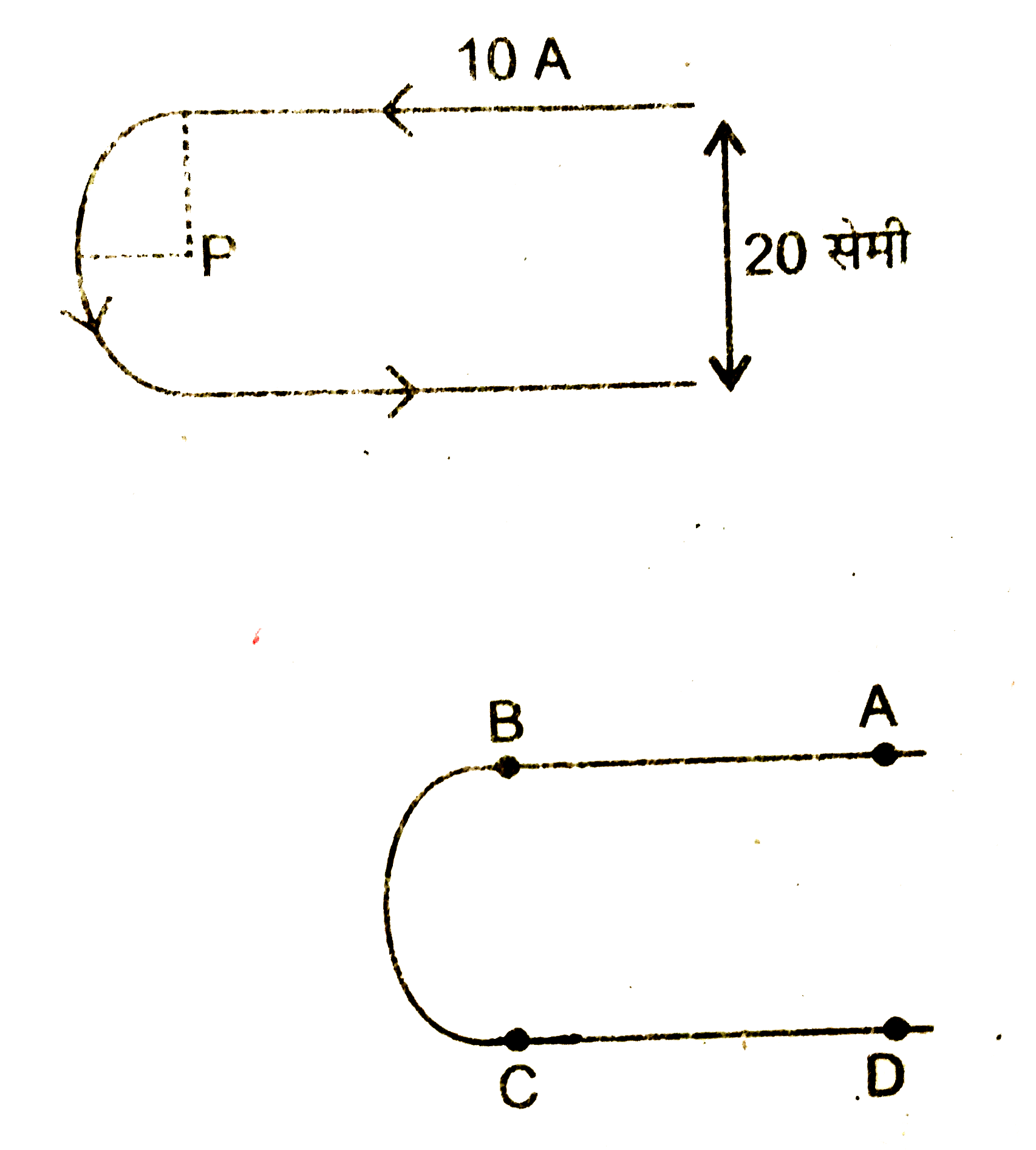Paragraph 1
At a global financial services firm we worked with, a longtime customer accidentally submitted the same application file to two offices.Though the employees who reviewed the file were supposed to follow the same guidelines-and thus arrive at similar outcomes-the separate offices returned very different quotes. Taken aback, the customer gave the business to a competitor. From the point of view of the firm, employees in the same role should have been interchangeable, but in this case they were . not. Unfortunately, this is a common problem.
Paragraph 2
Professionals in many organizations are assigned arbitrarily to cases: appraisers in credit-rating agencies,physicians in emergency rooms, underwriters of loans and insurance, arid others. Organizations ·expect consistency from these professionals: Identical cases should be treated similarly, if not identically. The problem is that humans are unreliable decision makers, their judgments are strongly influenced by irrelevant factors, such as their current mood, the time since thcir last meal, and the weather. We call the chance variability of judgments noise. It is an invisible tax on the bottom line of many companies.
Paragraph 3
Some jobs are noise-free. Clerks at a bank or a post office perform complex tasks, but they must follow strict rules that limit subjective judgment and guarantee, by design, that identical cases will be treated identically. In contrast, medical professionals, loan officers, project managers, judges,and executives all make judgment calls, which are guided by informal experience and general principles rather than by rigid rules: And if they don't reach precisely the same answer that every other person in their role would, that's acceptable, this is what we mean when we say that a decision is "a matter of judgment." A firm whose employees exercise judgment does not expect decisions to be entirely free of noise. But often noise is far above the level that executives would consider tolerable-and they are completely unaware of it.
Paragraph 4
The prevalence of noise has been demonstrated in several studies.Academic researchers have repeatedly confirmed that professionals often contradict their own prior judgments when given the same data on different occasions. For instance, when software developers were asked on two separate days to estimate the completion time for a given ·task, the hours they projected differed by 71 %, on average. When pathologists made two assessments of the severity of biopsy results, the correlation between their ratings was only .61 (out of a perfect 1.0), indicating that they made inc9nsistent diagnoses quite frequently. Judgments made by different people are even more likely to diverge. Research has confirmed that in many tasks, experts' decisions are highly variable: valuing stocks, appraising real estate, sentencing criminals, evaluating job performance, auditing financial statements, and more. The unavoidable conclusion is that professionals often make decisions that deviate significantly from those of their peers, from their own prior decisions, and from rules that they themselves claim to follow.
Paragraph 5
Noise is often insidious: It causes even successful companies to lose substantial amounts of money without realizing it.How substantial? To get an estimate, we asked executives in one of the organizations we studied the following: "Suppose the optimal assessment of a case is $100,000. What would be the cost to the organization if the professional in charge of the case assessed a value of $115,000? What would be the cost of assessing it at $85,000?" The cost estimates were high. Aggregated over the assessments made every year, the cost of noise was measured in billions- an unacceptable number even for a large global firm. The value of reducing noise even by a few percentage points would be in the tens of millions. Remarkably, the organization had cornpletely ignored the question of consistency until then:
Why according to the author decision is considered as "a matter of judgment" as mentioned in Paragraph 3?
(I) In most of the cases, decisions are guided by informal experience and general principles rather than by rigid rules.
(II) In certain cases, medical professionals, judges and executives have to take decisions which are beyond the strict rules that control the instinctive judgment which might not be noise-free, yet acceptable to the system.
(III) Long experience on a job always increases people's confidence in their judgments, but in the absence of rapid -feedback, confidence is no guarantee of either accuracy or consensus.
Only (I) is correct
Only (III) is correct
Both (I) and (III) are correct
Both (I) and (II) are correct
The correct Answer is:A
Read the fourth paragraph carefully, it can be easily inferred from there that statements (I) and (II) are the reasons behind considering decision as a matter of judgment. Hence (d) is the correct option.
Topper's Solved these Questions
Similar Questions
People have long circulated news via word-of-mouth, and as language evolved into writing and literacy - and governments played larger roles in people's lives - sharing information became a necessity. However, disseminating news and information on paper presented significant challenges. When each copy had to be handwritten, mass distribution was impossible. The invention of the printing press paved the way for "true" newspapers The first true newspapers arrived after Johannes Gutenberg introduced his movable type printing press to the European world around 1440. Though printing presses with movable type had existed in eastern Asia for around two centuries, they never made it to Europe, furthermore, Gutenberg's version made it significantly faster to mass produce documents.
By 1500, the printing press had made its way throughout Europe, and news sheets (or news books) were mass-distributed. The first weekly newspaper was published in Germany by Johann Carolus in 1604. Called Relation aller Fiirnemmen und gedenckwiirdigen Historien, the publication satisfied the four tenets of a "true" newspaper: Accessibility by the public. Published at a regular interval (daily, weekly, monthly, etc.). Information is current. Covers a variety of topics (politics, events, entertainment, sports, etc.) Despite meeting the requirements for a newspaper, there is some debate as to whether The Relation qualifies as the world's first newspaper since it was printed in quarto, not folio, size. It's worth noting the World Association of Newspapers considers The Relation the first true newspaper. Other German newspapers followed, and in 1618 the world's first broadsheet newspaper printed in folio size was published in Amsterdam, called Courante uyt Italien, Duytslandt, &c. The newspaper format soon spread throughout Europe, with newspapers published in Spain, France, and Sweden. The first English newspaper was published in 1665 in Oxford, England. Known as the Oxford Gazette, the newspaper moved to London in 1666 and was renamed the London Gazette. It's still being published today.
What did Language evolved into ?
View Solution"Most of time", strangers have helped me in critical situations.
View Solutionक्लोरोफॉर्म को प्रकाश एवं वायु के प्रभाव से बचाने के लिए क्या सावधानियाँ बरती जाती है?
View Solutionऐम्पियर के परिपथीय नियम की सहायता से एक लम्बी सीधी धारावाही परिनालिका के भीतर किसी बिन्दु पर चुम्बकीय क्षेत्र का सूत्र प्राप्त कीजिए ।
View Solutionचुम्बकीय द्विध्रुव के कारण अक्षीय स्थिति में किसी बिन्दु पर चुम्बकीय क्षेत्र की तीव्रता का मान लिखिए। प्रयुक्त अक्षरों के अर्थ समझाइए।
View Solutionएक इलेक्ट्रॉन तथा एक प्रोटॉन जिनकी गतिज उर्जाएँ समान है, एकसमान चुम्बकीय क्षेत्र से लम्बत प्रक्षिप्त किये जाते है। पथ की त्रिज्या होगी-
View Solutionएक लम्बे तार में 10.0 ऐम्पियर की धारा उत्तर से दक्षिण की ओर प्रवाहित हो रही है। तार से 10.0 सेमी दूर एक इलेक्ट्रॉन को दक्षिण से उत्तर के ओर 2.0 मी/से की चाल से प्रक्षेपित किया गया है। इलेक्ट्रॉन पर लगने वाले चुम्बकीय बल का परिमाण एवं दिशा ज्ञात कीजिए।
View Solutionप्रदत्त चित्र में दो लम्बे समान्तर धारावाही चालकों में 1 ऐम्पियर तथा 3 ऐम्पियर की धाराएँ एक-दूसरे के विपरीत दिशाओं में प्रवाहित हो रही है। तारों के बीच 2 सेमी की दूरी है। तारों के बीच ठीक मध्य-बिन्दु पर 106 मी/से की चाल से गतिमान प्रोटॉन पर कार्य करने वाले बल का मान तथा दिशा ज्ञात कीजिए।

View Solutionदो लम्बे सीधे तार परस्पर 75 सेमी की दूरी पर है। इनमें 5.0 ऐम्पियर की धारा समान दिशा में प्रवाहित हो रही है। एक तार में धारा समान दिशा में प्रवाहित हो रही है। एक तार के कारण दूसरे तार पर उत्पन्न चुम्बकीय क्षेत्र की गणना कीजिए। दूसरे तार के 3 मीटर लम्बाई पर लगने वाले बल का मान ज्ञात कीजिए।
View Solutionदर्शाये गये चित्र में बिन्दु P पर चुम्बकीय क्षेत्र की तीव्रता ज्ञात कीजिए। वक्र भाग अर्द्धवृत है तथा सीधे तार अत्यधिक लम्बे है।

View Solutionसमस्याओ में रेखिक समीकरणों के युग्म बनाइए और उनके हल (यदि उनका अस्तित्व हो ) विलोपन विधि से ज्ञात कीजिए :
यदि हम अश में 1 जोड़ दे तथा हर में से 1 घटा दे , तो भिन्न 1 में बदल जाती है । यदि हर में 1 जोड़ दे तो यह 12 हो जाती है । वह भिन्न क्या है ।
View Solutionसमस्याओ को रेखिक समीकरण युग्म के रूप में व्यक्त कीजिए और फिर उनके हल ज्ञात कीजिए :
2 महिलाए एव 5 पुरुष एक कसीदे के काम को साथ - साथ 4 दिन में पूरा कर सकता है , जबकि 3 महिलाए एव 6 पुरुष इसको 3 दिन में पूरा कर सकते है । ज्ञात कीजिए की इसी कार्य को करने में एक अकेली महिला कितना समय लेगी ? पुन इसी कार्य को करने में एक पुरुष कितना समय लेगा ?
View SolutionA और B एक पाँसे को 1100 रु. के इनाम पर फेंकते हैं जो उस खिलाड़ी द्वारा जीता जाता है जो पहले 6 फेंकता है। यदि A ने पहले पाँसा फेंका, तो उनकी क्रमशः क्या प्रत्याशाएँ हैं?
View Solutionएक यौगिक में तत्व A तथा B घनीय संरचना में क्रिस्टलीकृत होते हैं । परमाणु A घन के कोनो पर तथा B फलक के केंद्र पर उपस्थित है । यौगिक का सूत्र है :
View SolutionKCl, NaCl प्रकार के समान जालक में क्रिस्टलीकृत होता है । दिया है rNa+/rCl−=0.55 तथा rK+/rCl−=0.74 तब KCl तथा NaCl के लिए इकाई सेल के किनारो का अनुपात ज्ञात कीजिए :
View Solutionसमान चालकता सेल में लिए गए दो विलयनों A तथा B के प्रतिरोध क्रमशः 50 ओम तथा 100 ओम है । यदि A व B के सामान आयतन मिला दिए जाये तो सामान चालकता सेल में मिश्रण का प्रतिरोध क्या होगा ?
(मोल A व B को मिलाने पर वियोजन की मात्रा में कोई परिवर्तन नहीं होता है)
View Solution
